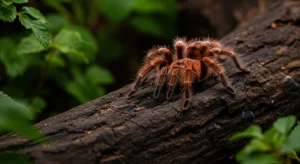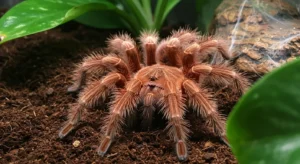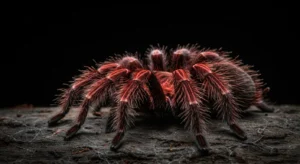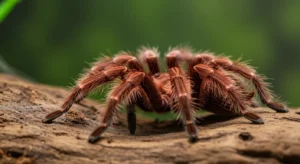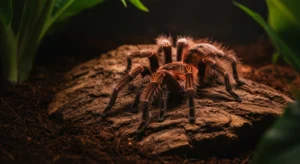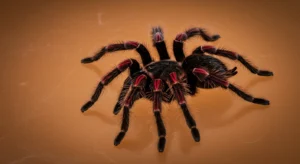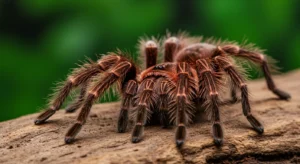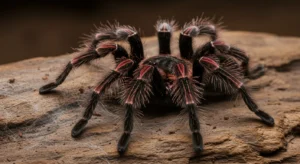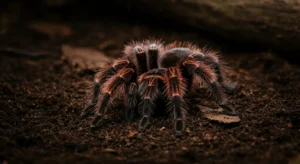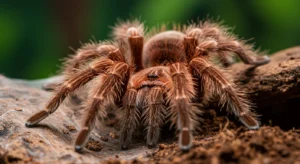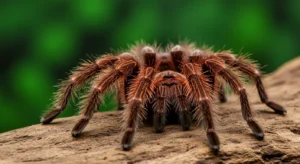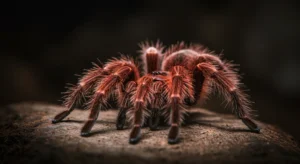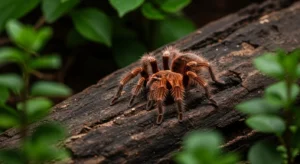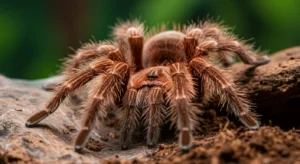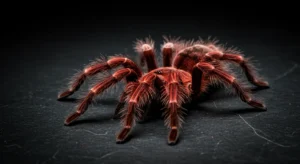Training Your Chilean Rose Tarantula (Yes, It’s Possible!): Simple Techniques
Introduction: Training a Tarantula?
The idea of “training” a Chilean Rose Tarantula (Grammostola rosea) might sound strange, even impossible. Tarantulas aren’t like dogs or cats; they don’t form bonds with their owners or learn tricks in the traditional sense. However, “training” in the context of tarantulas refers more to habituation and conditioning – gently acclimating them to your presence and associating certain stimuli with non-threatening events, primarily for husbandry purposes.
Understanding Tarantula “Learning”
Tarantulas operate primarily on instinct and basic associative learning. They don’t possess the cognitive abilities for complex training. Their “learning” involves associating stimuli (like vibrations, air currents, or touch) with outcomes (like food, danger, or nothing). As arachnid physiology shows, their nervous system is relatively simple compared to vertebrates. Therefore, “training” focuses on minimizing their defensive responses (like fleeing, biting, or hair-kicking) to necessary interactions.
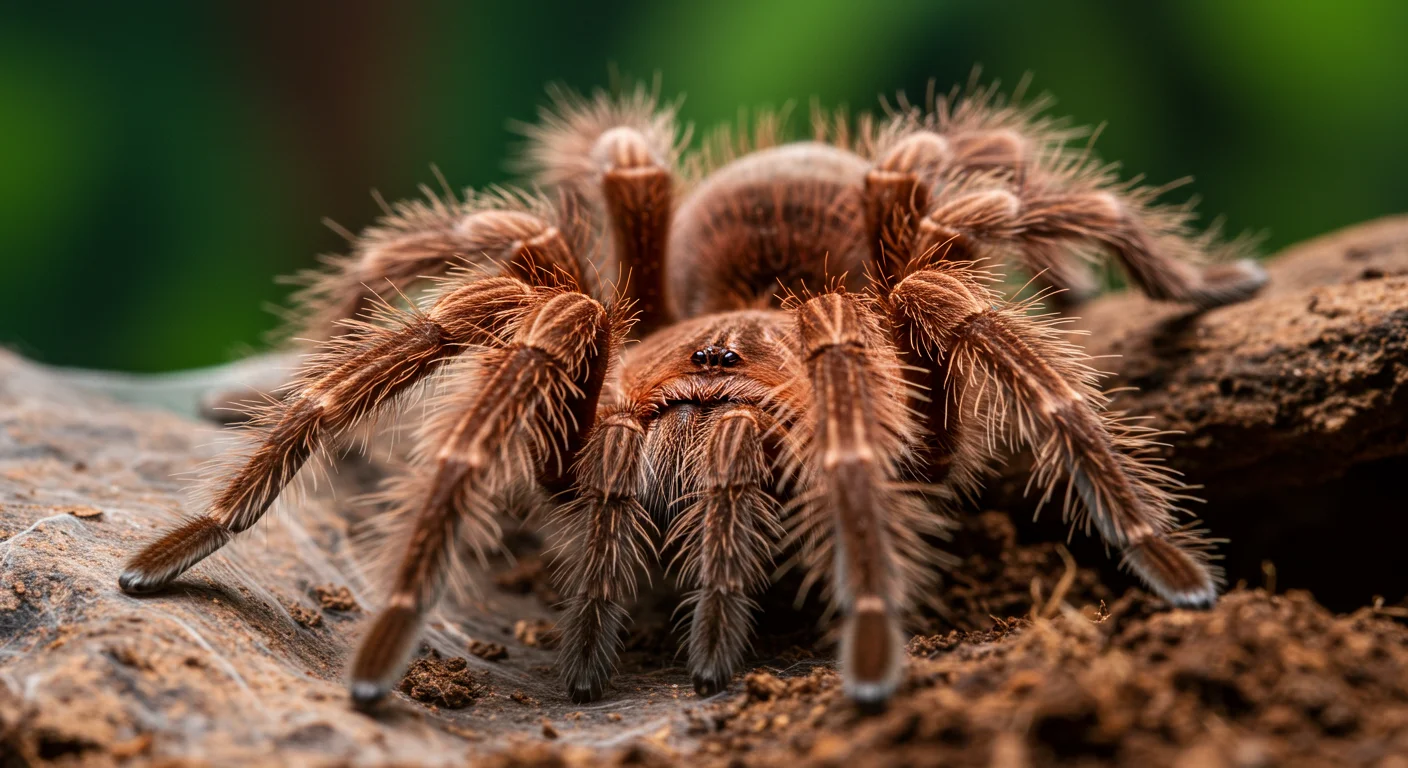
Habituation: The Realistic Goal
The primary goal is habituation: getting your tarantula used to routine disturbances so it doesn’t perceive them as threats. This makes essential tasks like enclosure cleaning, water changes, and feeding less stressful for both you and the spider.
Key areas for habituation include:
- Your presence near the enclosure.
- The enclosure lid being opened.
- Tools (tongs, brushes) entering the enclosure.
- Gentle guidance (if relocating the tarantula is necessary).
Techniques for Gentle Habituation
These techniques require patience and consistency, always prioritizing the tarantula’s safety and minimizing stress.
- Slow Movements: Always move slowly and deliberately when working around or inside the enclosure. Sudden movements trigger defensive responses.
- Gentle Stimuli Association: Before opening the lid or introducing tools, gently tap on the enclosure or use a soft brush to lightly touch the substrate near the tarantula. Over time, it may associate this minor disturbance with routine non-threatening events.
- Target Feeding: Use long tongs to offer prey directly. This helps the tarantula associate the tongs with food, reducing defensive reactions towards them during maintenance.
- “Brush Method” for Relocation: If you must move the tarantula (e.g., for deep cleaning), use a soft artist’s paintbrush or similar object to gently encourage it to move into a catch cup. Gently stroke its abdomen or legs from behind. Avoid prodding forcefully. This is one of the safer tarantula handling techniques that avoids direct hand contact.
- Respect Boundaries: If the tarantula shows signs of stress (threat posture, fleeing, hair kicking), back off immediately and try again later. Never force interactions.
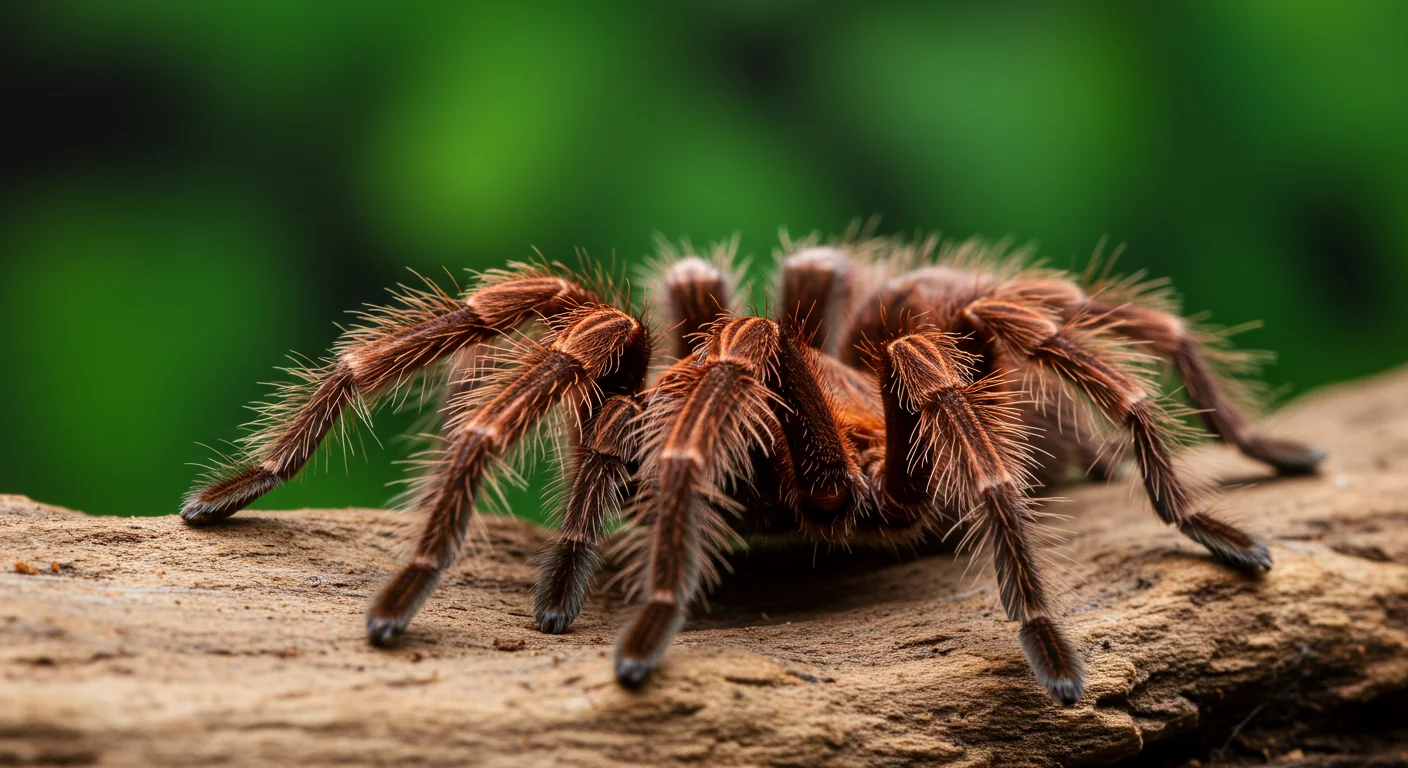
What NOT to Expect
- Affection or Recognition: Your tarantula will not learn to “like” you or recognize you individually.
- Coming When Called: They won’t respond to commands.
- Trick Training: Teaching complex behaviors is impossible.
- Reliable Tameness: Even a habituated tarantula can be unpredictable. Never assume it’s completely “tame” or safe to handle carelessly. Handling is generally discouraged unless necessary, as it offers no benefit to the tarantula and carries risks (falls, bites).
Safety First: The goal is to make necessary interactions safer and less stressful, not to turn your tarantula into a hands-on pet. Always be prepared for defensive behavior.
Conclusion: Respectful Interaction
While you can’t “train” a Chilean Rose Tarantula like a mammal, you can use simple techniques based on habituation and conditioning to make essential care tasks smoother. By moving slowly, using gentle tools, associating your presence with non-threatening events, and respecting the tarantula’s boundaries, you can foster a calmer coexistence. This form of “training” is about understanding the tarantula’s instincts and interacting respectfully, minimizing stress for your fascinating, eight-legged pet.
Information regarding arachnid physiology referenced from Wikipedia contributors, “Arachnid,” Wikipedia, The Free Encyclopedia, (accessed [Current Date]).
